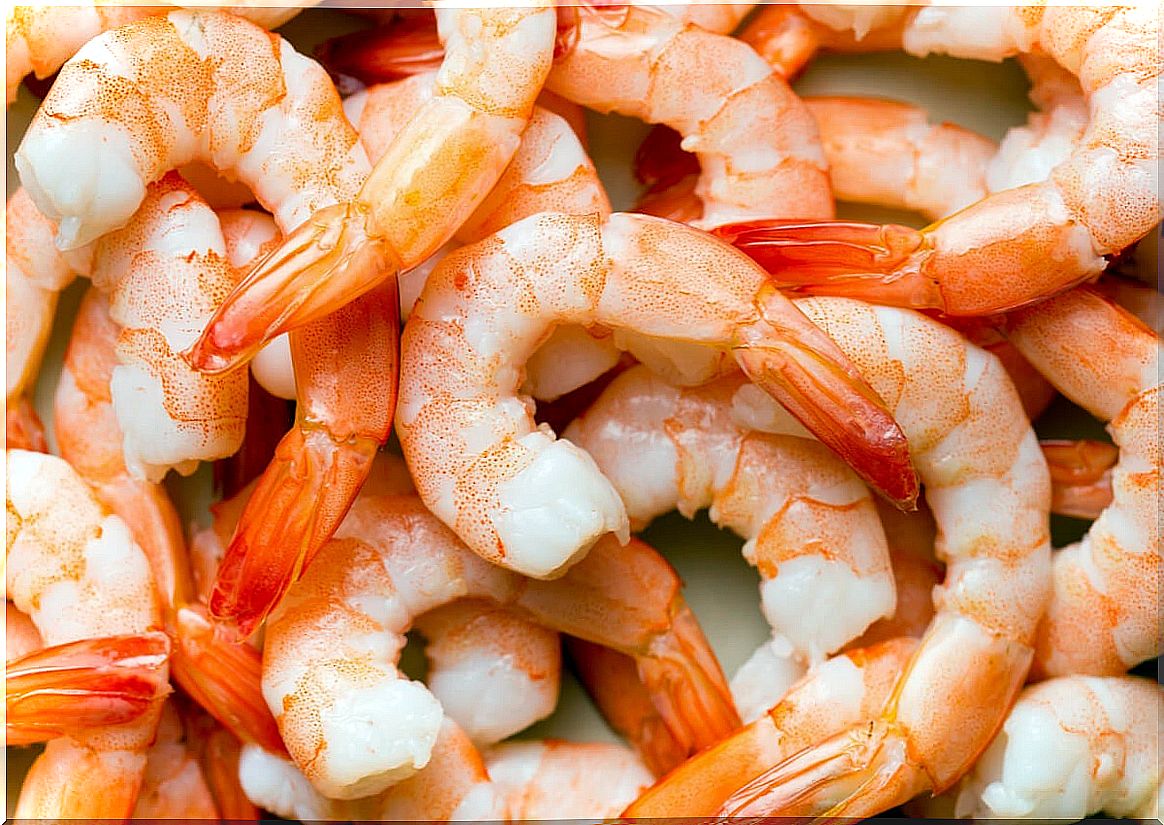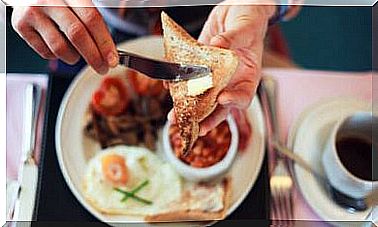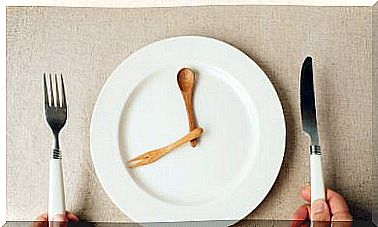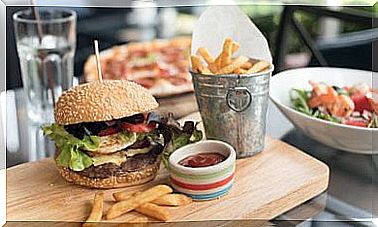What Is Seafood And How Nutritious Is It?
Nothing more true than the gastronomic label of “delicacies of the sea” to describe seafood. It is a pleasure to enjoy them at the table and they are distinguished from other types of meat due to their nutritional benefits. But what is seafood? According to INCAP and PAHO, they are a group of sea animals that, unlike fish, do not have a skeleton.
In the minutes of the National Academy of Sciences, it is reported that for more than 40,000 years, seafood has been part of the diet of man. In the case of seafood, there is a great variety; some have very hard shells, others a simple shell and even movable spikes.
But in the kitchen the most popular are mollusks and crustaceans. In gastronomy they can be used as a complement, preparing delicious pastas, creams, omelettes or as the star of the dish, steaming them, marinating and stewing. Are you curious to know more about these delicacies of the sea?
Types of shellfish
No shellfish has a bone inside. But externally there are some characteristics that differentiate them and, with it, their way of conservation and preparation. Some live inside very hard shells, others protect themselves with a shell and some defend themselves through their pointed body.
Crustaceans
According to the “Guide to the main fish, mollusks and crustaceans of Madrid”, crustaceans are a group of arthropods, since like insects they have an external skeleton made up of chitin, a type of fiber of animal origin. However, not all of them are edible.
They have a body segmented into three parts: head, thorax and abdomen. They are protected by a hard shell and a large number of jointed appendages or legs (the first two are usually pincers).
Within this group we find lobsters, prawns, shrimp, prawns, crabs, lobster and spider crabs. They are usually marketed alive, such as lobster and lobster, or dead as prawns and prawns.
It is important that you know how to select them according to their freshness. When they are alive they must move their legs and bend their tail when hitting the thorax. If they are dead, they should not give off ammonia odor, as it indicates decomposition.

Mollusks
Mollusks are considered the second most numerous invertebrate group after arthropods. They live in the sea and have a soft body. They are classified into the following:
- Bivalves : those that have 2 shells, such as clam, oyster, mussel and chirla.
- Gastropods : they have a single spiral-shaped shell, like the periwinkle.
- Cephalopods : They have 8 or 10 feet that protrude from the head, such as octopus, squid and cuttlefish.
To know if a bivalve is fresh, when tapping them gently they must close the shells. In addition, the internal part should not have strong odors. In cephalopods, the skin must be well attached, the suction cups do not come off, and the eyes must be bright and protruding.
Echinoderms
They are exclusively marine species that have radial symmetry and the head does not differ from the rest of the body. Some of them are sea urchins, sea cucumbers and starfish, among others. In gastronomy, the female gonads of hedgehogs stand out.
How Nutritious is Seafood?
Seafood is one of the most nutritious and healthy foods. Its properties are similar to those of fish, with a richness in lean protein, vitamins and minerals that we will describe below.
Protein
Total protein values in shellfish range between 15 and 20%, according to the INCAP food composition table. In addition, their protein is lean and they are made up of a good part of essential amino acids, similar to those in meat, chicken and milk.
According to a group of doctors from the University of Guayaquil, essential amino acids are those that the body cannot produce and are necessary to conduct cellular functions. The Food and Agriculture Organization of the United Nations (FAO) confirms that, like fish, shellfish protein is easily digestible and complements cereals and legumes.
Fats
The amount of fat in shellfish is small, with values that vary between 1 to 7%. For example, lobster, prawn and clams do not reach 1%, while oysters and mussels reach 2%. As an exception, cooked squid can be up to 7% fat.
Despite its low macronutrient content, the quality of its fatty acids is of recognized health benefit, as indicated by the FAO. Shellfish fat belongs to the omega 3 series, such as docosahexaenoic (DHA) and eicosapentaenoic (EPA), which protect heart health.
However, you have to be careful with the cholesterol content, especially in squid, shrimp and lobster. In the latter, the values range between 200 and 260 milligrams%, respectively.
Vitamins
Seafood is a good source of B vitamins, such as thiamine. Especially oysters, with 1.2 milligrams per 100 grams of meat. B2 and B12 are in significant quantities. Vitamin A and D will depend on the fat content.
Minerals
Seafood stands out for its content of phosphorus, iodine, sodium, iron and zinc. Mollusks, like clams, have a high iron content, with a value of 13 milligrams%, higher than that of red meat and many legumes. Mussels, shrimp and oysters provide between 4 and 7 milligrams% of iron.
Zinc values are high in shellfish, especially oysters, which contain 16 milligrams%. While in the rest the values oscillate between 2 and 4 milligrams%. The phosphorus content is between 150 and 250 milligrams%. In addition, they are natural foods rich in iodine and sodium.
Benefits of consuming seafood
There are several benefits of eating seafood. They improve the functions of the brain, heart and immune system. On the other hand, they can promote weight loss.
1. Brain functions
An article published by the FAO reveals that the fat in shellfish and fish is vital for the normal development of the brain of children before their birth and as newborns. The consumption of polyunsaturated fatty acids guarantees it.
2. Heart health
Seafood can protect heart health in 2 ways: by omega 3 and by vitamin B12. The fatty acids EPA and DHA are cardiac protectors and preventive of cardiovascular diseases, as well documented by Piñeiro and other researchers.
A low intake of vitamin B12 has been linked to high levels of homocysteine in the blood and the risk of cardiovascular disease, as demonstrated in a meta-analysis published in the journal JAMA . Eating foods rich in B12 could lower that risk.
3. They help to lose weight
A study in the journal ALAN concluded that omega 3 fatty acids are coadjuvant in the management of obesity in premenopausal women. These fatty acids predominate in shellfish. Plus, its lean protein produces satiety without increasing the amount of calories you eat.
4. Modulate the immune system
Some studies stipulate that zinc stimulates the development of cellular immunity against acute respiratory infections. Between 10 to 20 milligrams daily is recommended. Oysters, for example, provide 16 milligrams for every 100 grams of food. Crab, crabs and lobsters can contribute 4 milligrams%.

Contraindications and risks of shellfish
INFOPESCA published that shellfish can contain some chemical contaminants, such as methylmercury and dioxin, which could affect health. However, according to the FAO, the associated cancer risks are much lower than the benefits of its consumption.
Maternal exposure to methylmercury and a high dioxin load during pregnancy increases the risk of impaired brain development in children. As a preventive measure, it is recommended to suspend the consumption of shellfish in these physiological states.
On the other hand, to avoid food poisoning it is also recommended to properly cook shellfish and avoid eating them raw. They can also cause allergies, ranging from mild to severe symptoms, so you need to take certain precautions, according to the Mayo Clinic.
In conclusion, shellfish represent one of the fruits of the sea that provides the most balance to the diet. Its nutrients and benefits complement the exquisite gastronomy of its preparations. So don’t forget to add shrimp, lobster, clams, mussels, or the seafood of your choice to your healthy eating plan.









